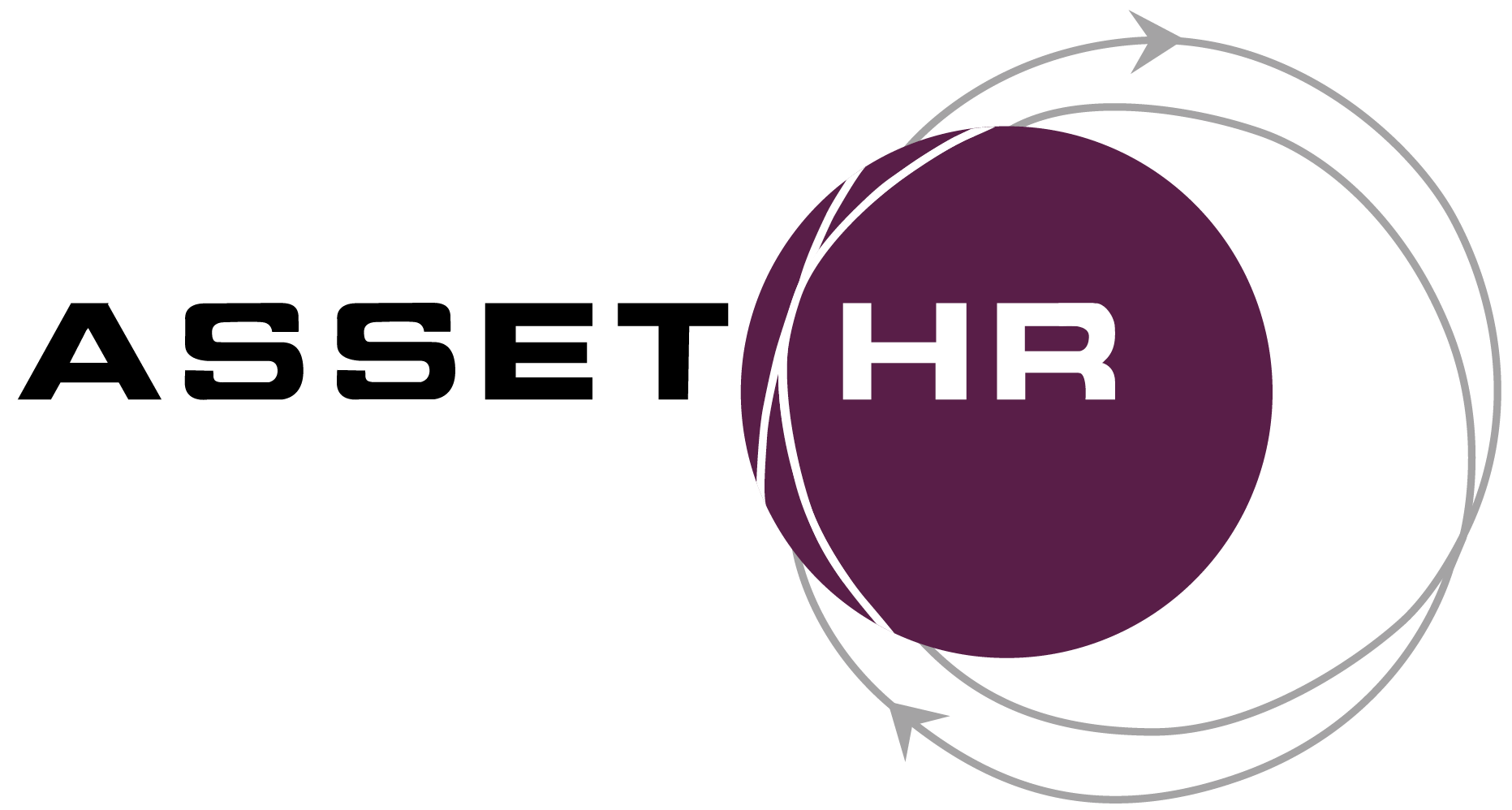Increasing Worker Productivity With Better Hybrid Job Training

Millions of Americans work in remote or hybrid roles. Hybrid work arrangements are especially popular among white-collar workers, 58% of whom want to work remotely at least three days a week.
The hybrid work environment offers much-needed flexibility and can be a great morale booster. However, it can also leave employees feeling disconnected while negatively impacting productivity due to an overall lack of guidance.
The path to better remote, hybrid, and in-office worker productivity begins with a robust training program. Here’s what you need to know.
Most Hybrid Workers Are Undertrained and Ill-Equipped
Direct supervisors and mid-level managers are key to maximizing the productivity of remote and hybrid workers. Despite their importance to organizational and employee success, 70% of managers haven’t received any training on how to manage hybrid teams.
A national Gallup study revealed some other concerning trends that demonstrate just how underprepared remote and hybrid teams are. Here are a few of Gallup’s most notable findings:
- 48% of hybrid teams haven’t discussed how to collaborate effectively in the new environment
- Only 34% have guidelines specifying what days or times to be available for on-site work
- Just 29% have guidelines for prioritizing specific activities while in the office
The bottom line is that many remote and hybrid teams aren’t actively discussing how to work together and communicate in the new environment. Those that do frequently experience significant productivity and engagement benefits.
The hybrid workers who have ongoing discussions about how to improve teamwork and collaboration experience 50% higher engagement. They are also 29% less likely to be burned out.
3 Ways to Promote Better Worker Productivity
If you are going to use a remote or hybrid work model, it’s important to talk to your team about how best to collaborate, work on projects, and exchange information. These concepts are also important for in-office workers. Everyone needs guidance on collaboration and prioritizing work so they can get more done each shift.
However, worker productivity begins and ends at the top. With that in mind, here are three things you can do to increase worker productivity and improve training strategies.
1. Provide a Great Onboarding Experience
The journey to increased productivity begins with effective onboarding. Any time employees join your company, they need more than just a basic introduction to their role.
Provide them with a comprehensive onboarding process that covers the essentials and sets the stage for long-term success. A quick orientation session and a stack of policy documents won’t cut it.
Effective onboarding means providing your new team members with the tools and knowledge they need to succeed. AssetHR clients consistently choose to onboard their new talent with our isolved platform.
isolved provides an immersive training experience that brings participants up to speed on the company’s workflows, policies, and procedures.
2. Develop a Stellar Training Program
After you’ve introduced employees to your organization and taught them the basic skills they need to contribute, it’s time to shift your attention to long-term development.
Training is not a one-size-fits-all solution. Every employee has different strengths, weaknesses, learning styles, and professional aspirations. Your training programs should be tailored to meet the diverse needs of your workforce.
The goal of training should be to empower employees to be the best at their jobs. For example, time management training can be invaluable for remote workers who need to balance their tasks without the structure of a traditional office. Similarly, training on collaboration tools can help employees stay connected and work more efficiently.
3. Implement Sound Processes and Procedures
Your workflows and processes should be designed in a way that maximizes productivity and gives employees a chance to use the skills you’ve equipped them with. Poorly constructed procedures can impede productivity, no matter how well-equipped and skilled your team may be.
Take the Gallup survey results as an example. Only about one-third of respondents have guidelines for which days they need to be on-site. This is a critical policy you need to address so that employees are in the office on the same day to collaborate.
Create a policy that specifies when they have to come in. For example, you could require everyone on the team to be in the office on Tuesdays and Thursdays.
Change the Way You Train and Onboard With AssetHR
Training and onboarding are key to maximizing worker productivity among your in-office, hybrid, and remote teams. AssetHR can help you tap into the full potential of your staff with our HR consulting and onboarding solutions. Let’s chat about your talent needs today.
Posts that the posts are not intended to provide legal advice and that readers should consult with their attorneys on any matter covered in the article.

